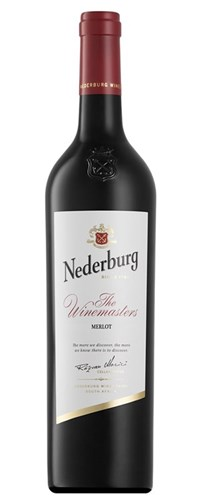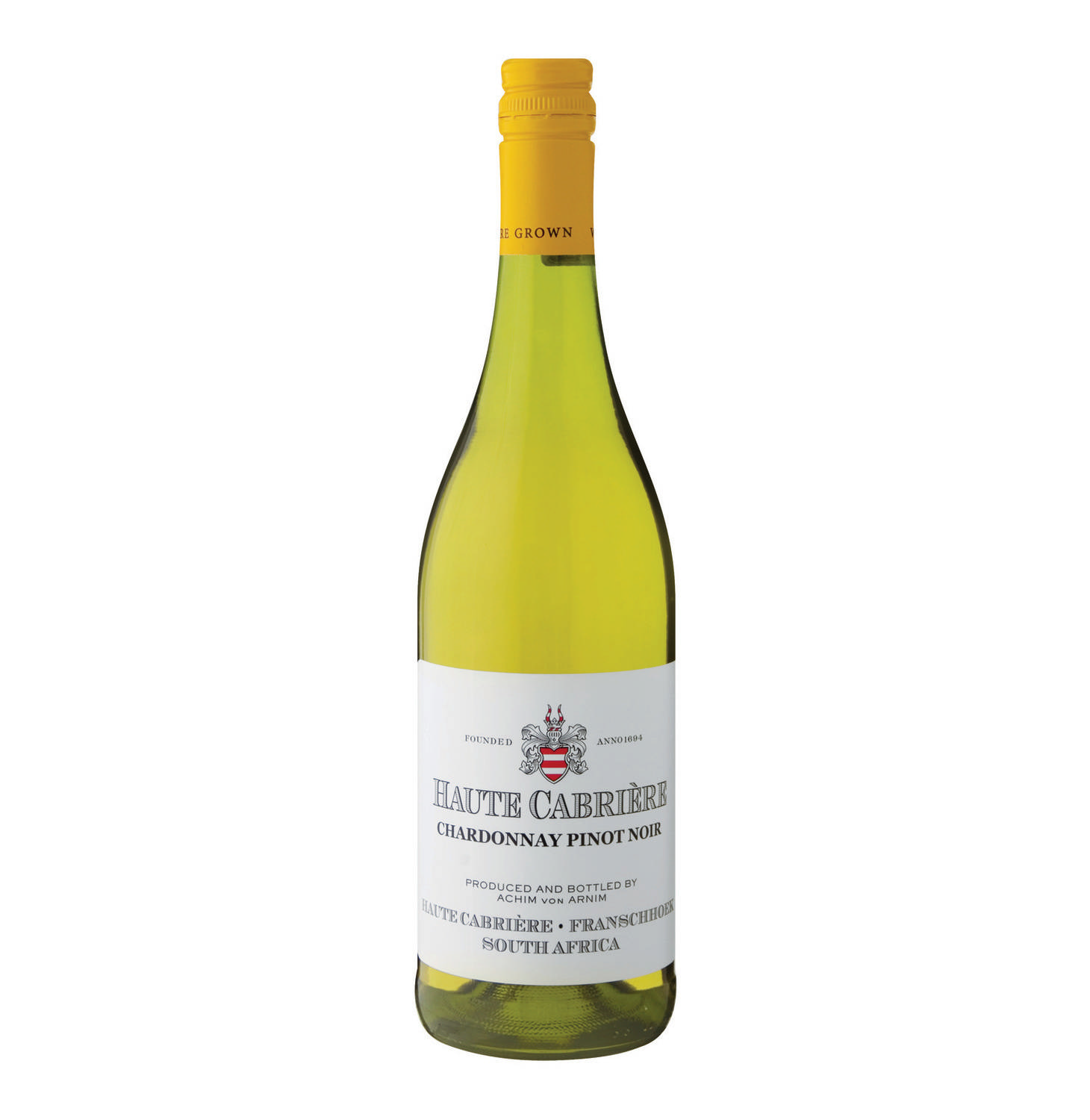Stage 4 of Tasting – Finish

After completion of the assessment of the wine based on its flavor and texture, comes the fourth and final stage of wine tasting – the finish. This stage is different from the previous three stages in the sense that it is less subjective – most expert tasters would concur on the finish of the wine.
The two main factors that make up this quality include the aftertaste and length. This stage is an important parameter of assessing quality because certain flavors that were not evident in the previous stages make their presence clear after the wine has moved out of the mouth. Was it light like water or heavier like cream? Does the taste remain on the back of the mouth and throat? Did it leave you with the impression of a particular flavor? Is the taste short-lived or persistent?
Aftertaste
While the aftertaste can be described as bitter, harsh, rich, sweet, smooth or even non-existent, the term generally refers to an unpleasant flavor – often a bitter taste – that lingers in the mouth after the wine has been swallowed. A pleasant aftertaste is an indication that all the wine components are in perfect harmony, whereas the opposite would be indicated by an unpleasant or bitter aftertaste.
The bitterness could be a result of various factors such as residues of metallic copper, improper fermentation or an increased concentration of lactic acid in the wine. The damage that an aftertaste wrecks is also dependant on the type of wine – for example, it would be totally unacceptable in champagne and sparkling wines that are required to be crisp.
Length
This is considered by many wine tasting experts, to be the single most important quality that helps to differentiate an ordinary wine from a superior one. The term "length" explains the duration over which the flavor and aroma of the wine persist; it is an indicator of the balance of the various flavors in the wine. If you wish to determine the quality of the wine, just check out how long the flavor lingers in your mouth – the longer the period, the better the wine.
Wines with greater length are often more expensive – this is just a reflection of the overall quality of the wine. The length of the wine is a good indicator of the level of effort put in at the vineyard stage – harvesting the grapes at the right time, processing it meticulously to increase the flavor of the wine. While no one can argue with the fact that
Wine tasting is definitely an art, there is a unique science behind the whole process. An important factor to consider is that the ageing process plays a major role in deciding the final quality of the wine. In fact, some wines taste different on different days – as they get exposed to various atmospheric conditions.
This is an important factor to be borne in mind while tasting wines. All said and done, from the connoisseur’s point of view, the scientific analysis doesn’t really matter – what’s actually required is an ability to enjoy the wine.




